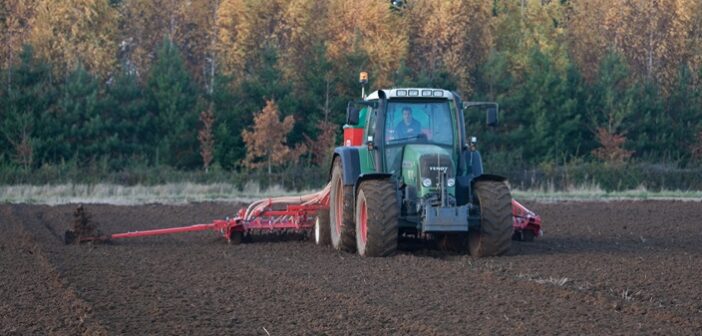The launch of RGT Hexton brings an alternative route for how breeders might collect royalties for combinable crops in the future.
In an effort to “level the playing field” between farm-saved and certified seed fees, RAGT will market the variety using the Breeder’s Intellectual Property Office (BIPO) Royalty Area Collection (RAC) agreement.
Almost all seed sown in the UK is collected through the British Society of Plant Breeders (BSPB) royalty collection scheme. When farmers purchase certified seed, they pay the breeder a royalty for second-generation seed, which is priced into the seed cost and collected by the merchant. Typically, farm-saved seed is 50% of the certified seed rate.
For many years, this system has proved to be a robust mechanism for collecting royalties. However, the company points to greater emphasis on plant breeding to solve key agronomic challenges. It questions whether the significant differential in royalty rates between certified and farm-saved seed discourages farmers from adopting the latest genetics.
“We began using BIPO for royalty collection with our BYDV-resistant varieties because we wanted a way to protect the trait,” says Helen Wilson, managing director of RAGT UK.
“A massive amount of investment goes into finding resistance mechanisms and breeding the trait into elite lines that farmers will want to grow. BIPO offered us a way to value this trait.”
This led to discussions about how farmers can contribute more equitably towards developing new varieties, whether they purchase certified or farm-saved seed. RAGT decided to place a cereal variety without a specific trait on the RAC scheme with RGT Hexton.
“This isn’t about charging farmers more, it’s about having the royalty at a standardised rate. We have lowered the certified seed rate and increased the farm-saved seed rate.
“For a farmer, this makes the choice about the variety and not the royalty cost, because they pay roughly the same royalty regardless of whether it is farm-saved or certified.”
How does BIPO RAC scheme work for farmers?
BIPO representative Hugh Harley says that ordering a variety on the RAC scheme is straightforward. Once a farmer has contacted their seed merchant about ordering RGT Hexton and booked the required quantity, they simply need to provide the merchant with a RAC number.
To check if they have an existing RAC number, Hugh explains that farmers can do this on the BIPO website by entering their business name and postcode.
“To get an RAC number, go to the BIPO website and create an RAC agreement,” says Hugh. “All you need is the farm’s details and the variety you plan to grow. This takes no more than two minutes.”
He adds that once a farmer has an RAC number, this can be used for all future orders. The merchant can dispatch the seed as soon as they have the RAC number, and most will keep the number on file for all future orders of varieties on the RAC scheme.



